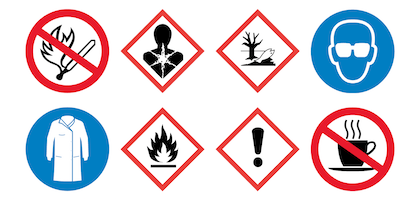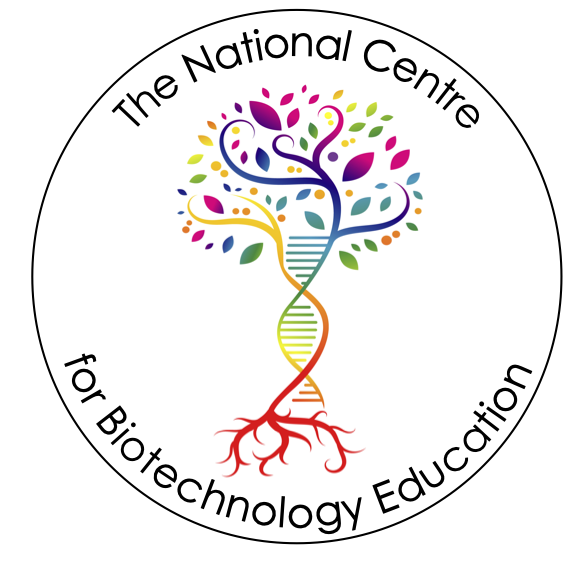SAFETY
School safety advice

On the linked pages (left and below), you will find information about safety when carrying out practical activities in biotechnology. These guidelines relate to work in UK schools and colleges, and may not apply elsewhere. The guidelines for the first two topics are from the Association for Science Education’s 2016 version of ‘Topics in Safety’. The last topic (Microbiology) is from the third (2001) edition of ‘Topics in Safety’.
NCBE PRODUCTS
WORKING WITH DNA
These guidelines cover practical work with DNA, including:
- DNA extraction;
- Obtaining DNA from laboratory suppliers;
- Manipulation of DNA in vitro (including gel electrophoresis);
- Work with human DNA, including the necessity of obtaining consent, phenotypic tests and data protection;
- Genetic modification and synthetic biology.
WORKING WITH ENZYMES
These guidelines cover practical work with enzymes, including:
- Enzyme ‘concentration’ and activity;
- Hazards and control measures;
- Handling enzymes;
- Sources of enzymes;
- Enzyme immobilisation.
WORKING WITH MICROBES
These guidelines cover practical work with microorganisms in schools and colleges, including:
- ‘Levels’ of practical work as applied to schools;
- Aseptic techniques;
- Suitable and unsuitable species for educational use;
- Sources of microorganisms;
- Disposal of cultures.

